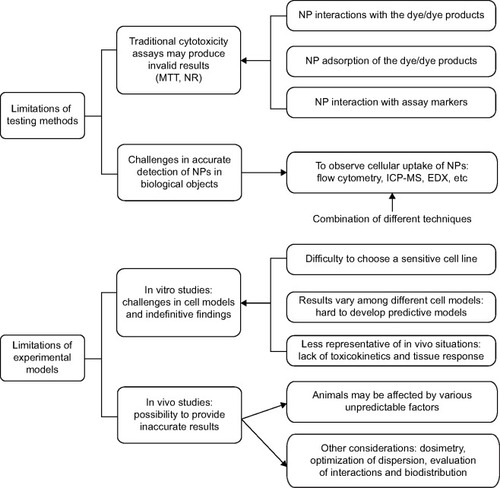Figures & data
Table 1 Summary of the current nanomaterials in the dental field
Figure 1 Schematic of the blood–brain barrier and the associated components of the neurovascular unit.
Note: Reprinted from Adv Drug Deliv Rev, 64(7), Chen Y, Liu L. Modern methods for delivery of drugs across the blood–brain barrier. 640–665., Copyright (2012), with permission from Elsevier.Citation46
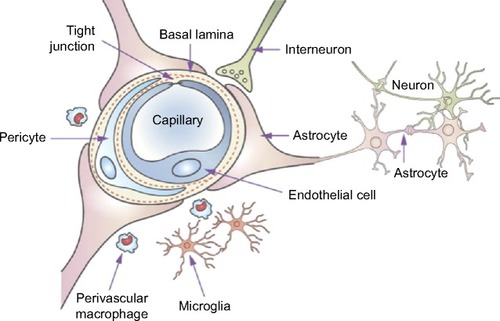
Figure 2 Schematic representation of multifunctional NPs as drug carriers across the BBB.
Notes: Drugs can be adsorbed onto the surface of the NP due to the interactions between positive and negative charges (1) and may even be trapped inside its core (2). Different strategies have been applied for the transportation of drugs across the BBB: receptor–ligands for unique recognition and endocytosis (3); tight junction openers for improved intercellular penetration (4); transcytosis enhancers for the promotion of the transport of NP across the membranes (5); surfactants for the enhancement of membrane fluidization (6); efflux system inhibitors for the reduction of drug efflux (7); and local toxicity inducers for the increase in the permeability of the endothelial cells (8). Reproduced with permission of Informa Healthcare. Barbu E, Molnar E, Tsibouklis J, Gorecki DC. The potential for nanoparticle-based drug delivery to the brain: overcoming the blood–brain barrier. Expert Opin Drug Deliv. 6(6):553–565, copyright © 2009, Informa Healthcare.Citation53
Abbreviations: NP, nanoparticle; BBB, blood–brain barrier.
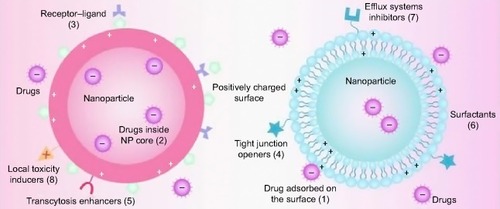
Table 2 Neurotoxicity effects of dental nanomaterials under in vivo conditions
Figure 3 G7 NP distribution in different brain regions and cell populations.
Notes: Confocal microscopy images of brain cryosections in mice sacrificed 6 hours after an intraperitoneal injection of G7 NPs labeled with DAPI (blue), G7 NPs (red), and a number of antibodies (green) Low- (A–D) and high-magnification (E–H) images of the cerebral cortex (A and E), corpus callosum (B and F), choroid plexus (C and G), and subfornical organ (F and H). (E–H) High-magnification images of the dashed squares indicated in (A–D). (I–L) High-magnification images showing single cells from the hippocampal formation.Citation66 Scale bar =50 μm (A–D) and 10 μm (E–L). Reprinted from J Control Release, 174, Vilella A, Tosi G, Grabrucker AM, et al. Insight on the fate of CNS-targeted nanoparticles. Part I: Rab5-dependent cell-specific uptake and distribution. 195–201., Copyright (2014), with permission from Elsevier.Citation66
Abbreviations: NP, nanoparticle; G7 NPs, glycopeptides-modified poly-lactide-co-glycolide NPs; DAPI, 4′,6-diamidino-2-phenylindole.
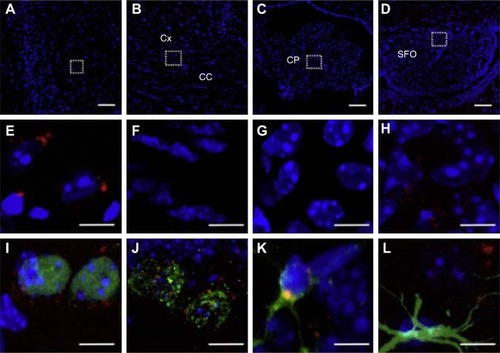
Table 3 In vitro studies of dental nanomaterials with different cell models
Figure 4 In vitro cell culture models for the studies on drug and NP transport through the BBB.
Note: Reprinted from Adv Drug Deliv Rev, 64(7), Wong HL, Wu XY, Bendayan R. Nanotechnological advances for the delivery of CNS therapeutics. 686–700., Copyright (2012), with permission from Elsevier.Citation103
Abbreviations: NP, nanoparticle; BBB, blood–brain barrier.
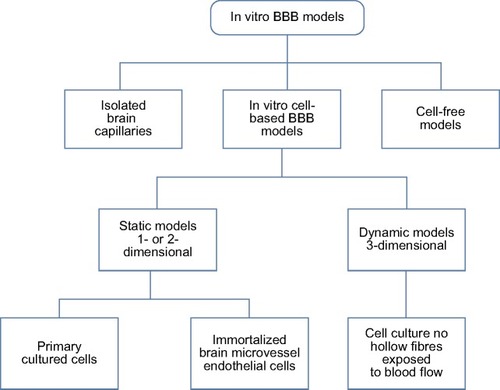
Figure 5 Existing problems in assessing the neurotoxicity of NPs.
Note: This scheme summarizes the major limitations of the testing methods and experimental models.
Abbreviations: NPs, nanoparticles; NR, neutral red; ICP-MS, induced coupled plasma mass spectroscopy; EDX, energy-dispersive X-ray spectroscopy; MTT, 3-(4,5-Dimethylthiazol-2-yl)-2,5-diphenyltetrazolium bromide.
